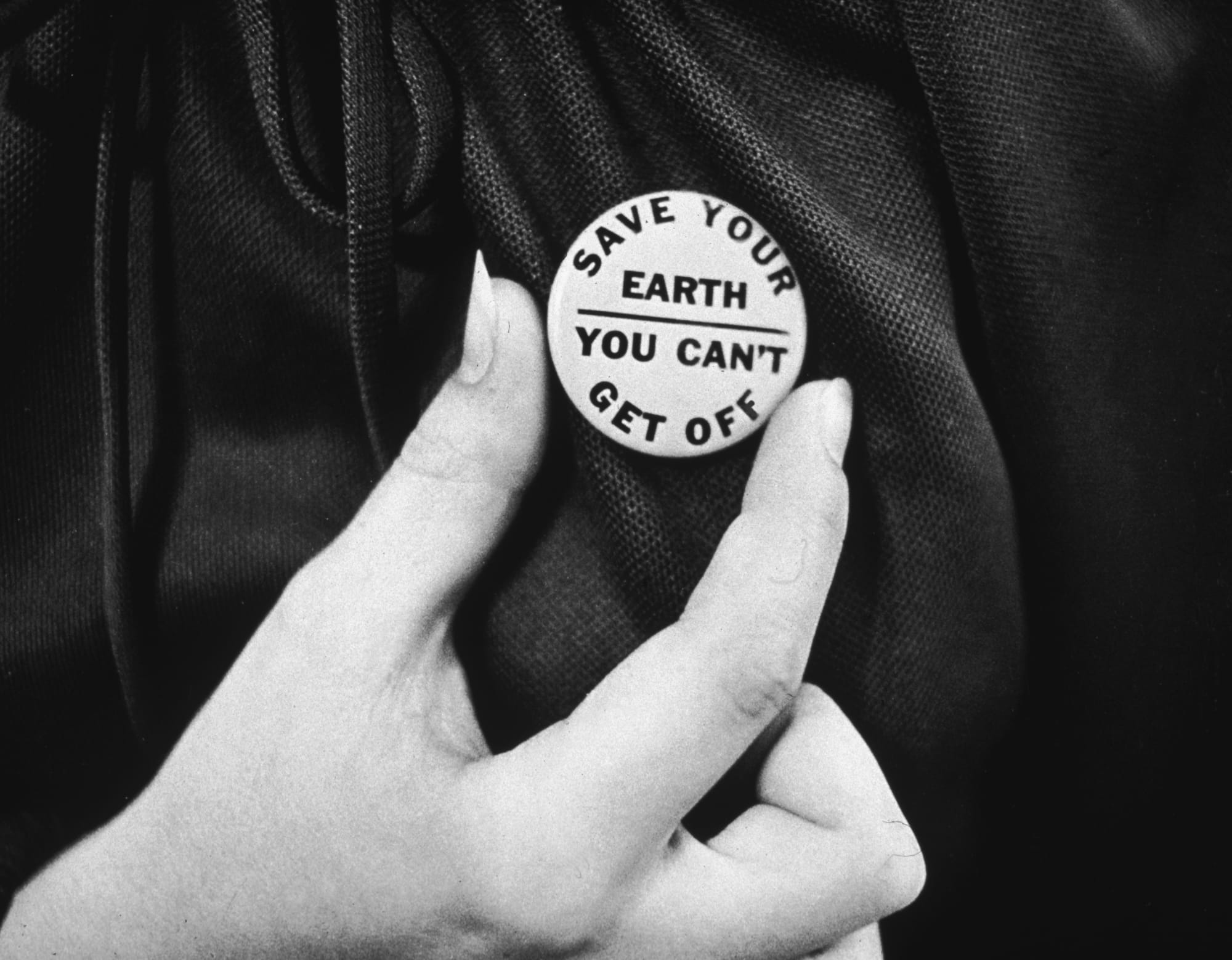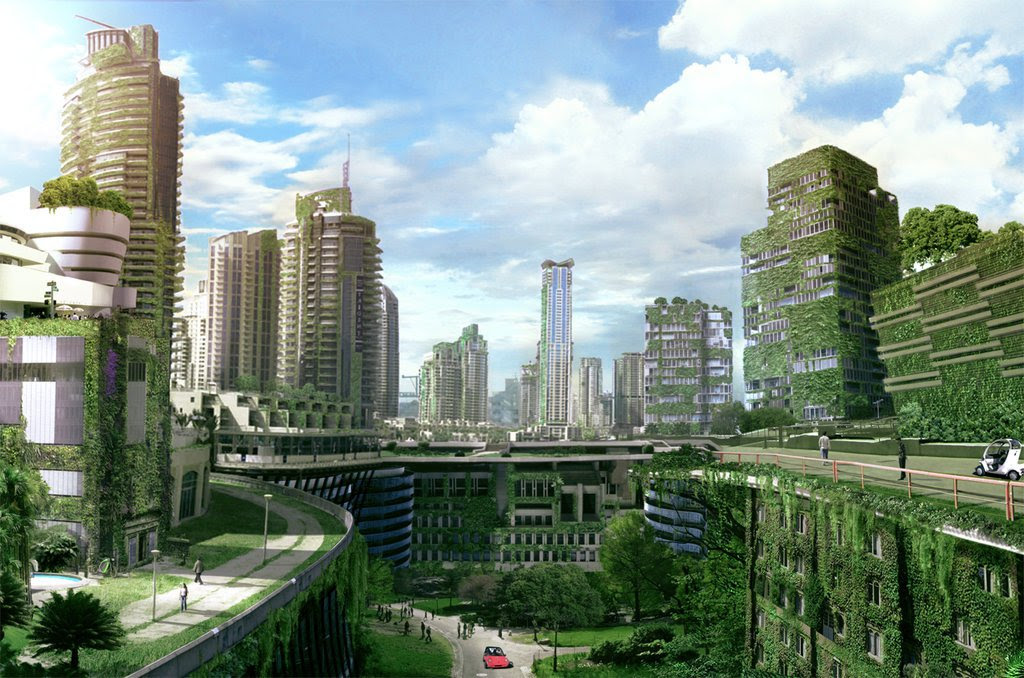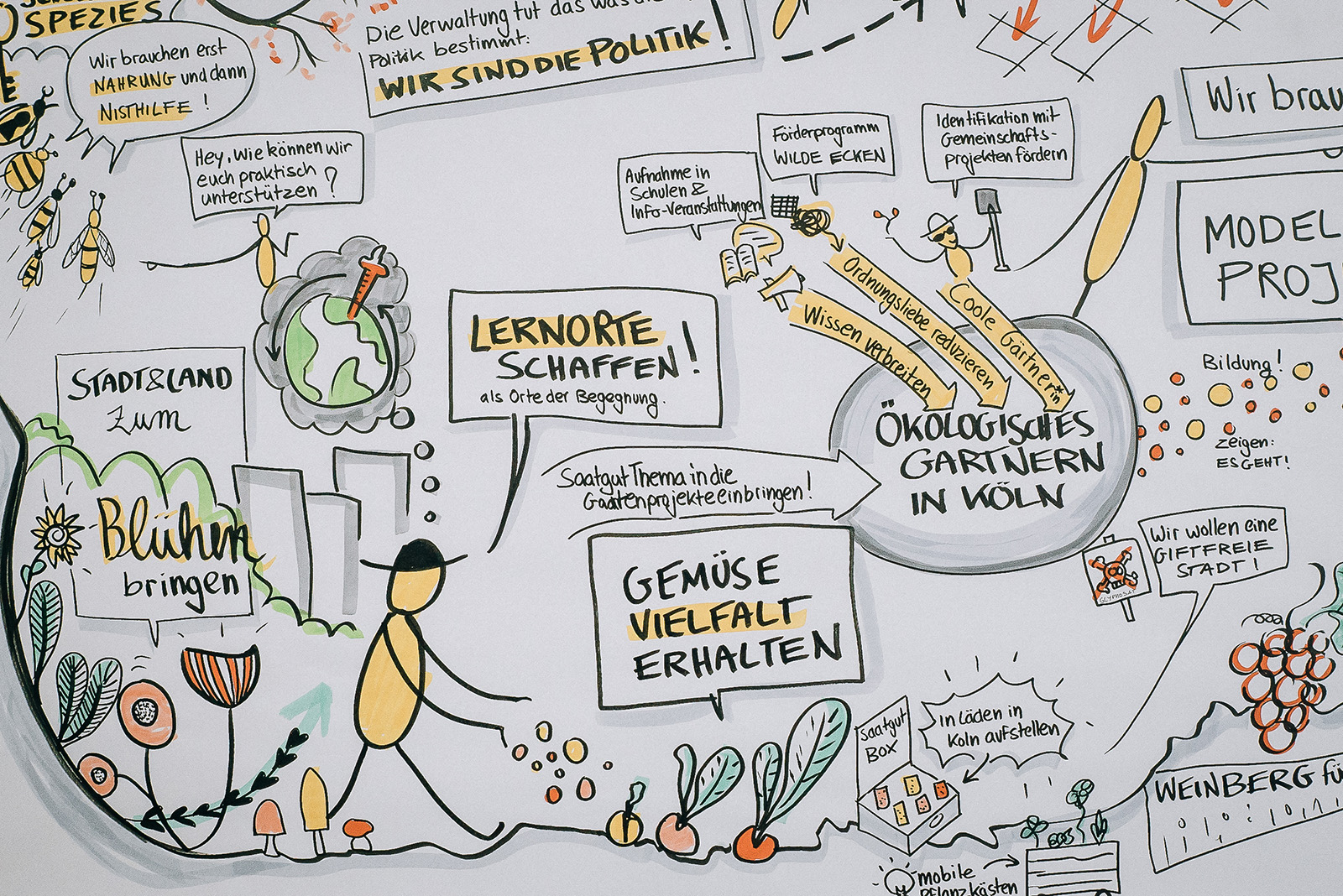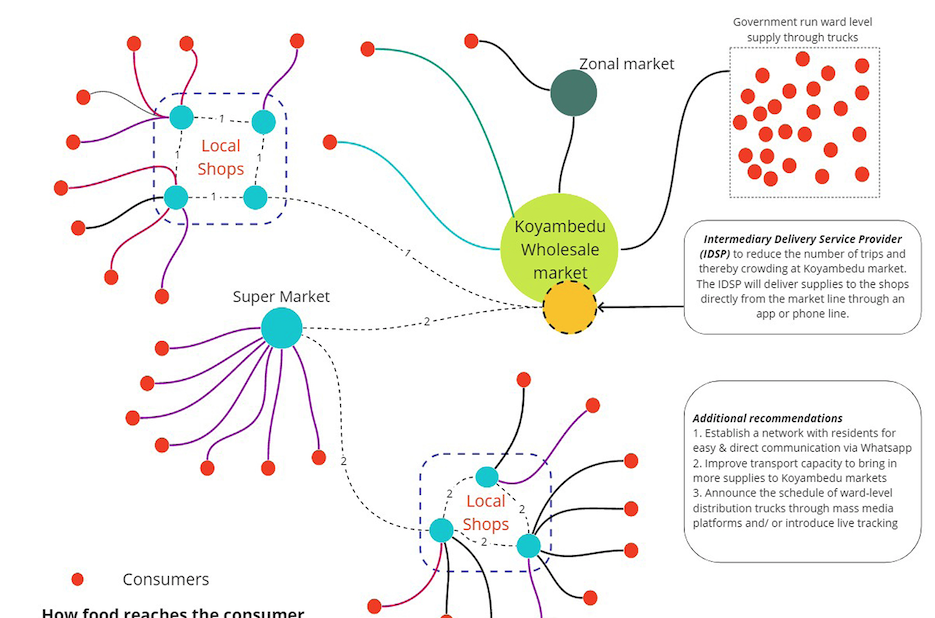In the push to expand urban agriculture and find ways to sustainably increase our production of food, urban farming systems like hydroponics and aquaponics have not only become buzz words, but also viable options for growing food in cities. Although hydroponics (a system where plants grow without soil, depending on nutrients dissolved in water) has quickly become well known, with pictures of plants seemingly sprouting from thin air populating the internet, its less common relative aquaponics is starting to gain publicity as well. With a symbiotic system that relies on a mutually beneficial growth cycle between fish, bacteria and plants, aquaponics avoids some of the issues that arise with hydroponic farming.
 Photo courtesy of Edenworks, an NYC-based aquaponic farm.
Photo courtesy of Edenworks, an NYC-based aquaponic farm.
Let’s start with what aquaponics really does: as fish eat, they produce ammonia in their waste. However, the buildup of ammonia in water can be toxic to fish. This is where the plants come in! Nitrifying bacteria in the water turn the toxic excretions of the fish into nitrates, which are vital for plant growth. Relying on the nutrients created by the bacteria, the plants can then clean the water for the fish. Even though the plants in this system absorb their nutrients through the water, many different edible crops can be grown with aquaponics. Leafy greens like lettuce, spinach and herbs are particularly well suited for aquaponics, as they require only low levels of nutrients for growth; in mature aquaponic systems with dense fish populations, vegetables like cucumbers, tomatoes and shallots can also be grown.
 Photo by Caroline Tompkins for Vogue. Oko Farms is the only aquaponics teaching farms in Brooklyn.
Photo by Caroline Tompkins for Vogue. Oko Farms is the only aquaponics teaching farms in Brooklyn.
In a hydroponic system, man-made nutrients have to be carefully mixed to make sure that the plants get the food they need. Salt and other chemicals can also accumulate in hydroponic water, becoming toxic to the plants. This means that the water must be periodically discarded, and the location of its discard carefully considered, to avoid harming the natural environment.
 Photo by Sarah Crowder for Forbes. Fish grown at Edenworks Aquaponic farm in NYC.
Photo by Sarah Crowder for Forbes. Fish grown at Edenworks Aquaponic farm in NYC.
Aquaponic growth systems require less monitoring and don’t produce wastewater. The cycle between the fish, bacteria and plants sustains itself, relying only on the addition of fish food. Instead of needing farmers to toss out old water, aquaponics demands the addition of water as it evaporates. This simpler, symbiotic process is what allows aquaponics to be so successful in a wide variety of spaces – although it’s still unclear whether aquaponic farms can turn a large profit, these systems can be grown on any scale and in nearly any location.














